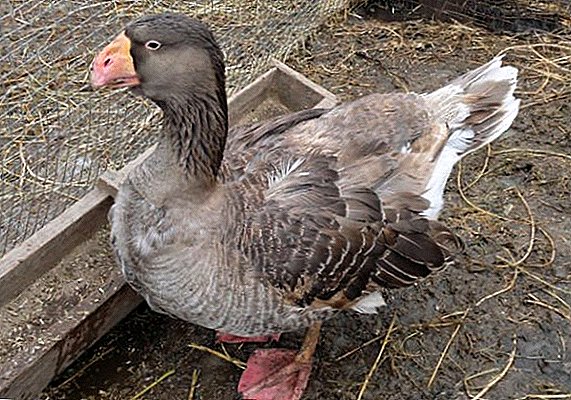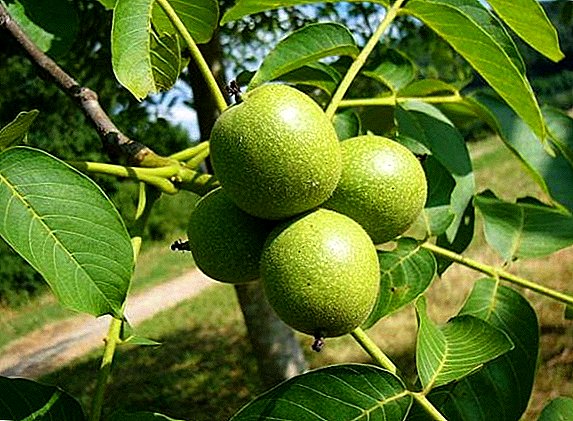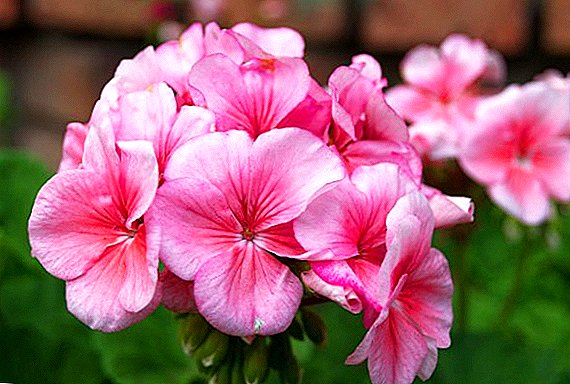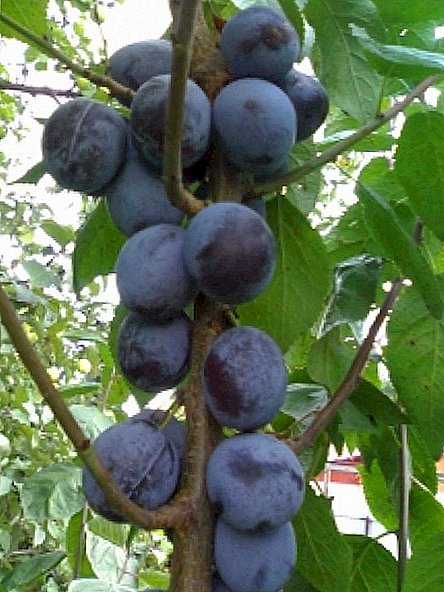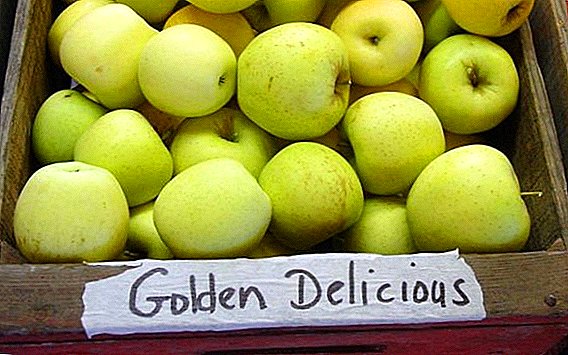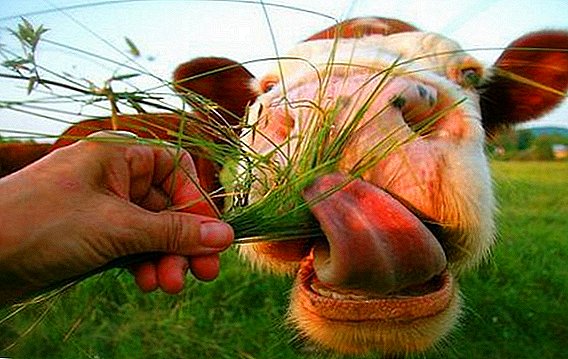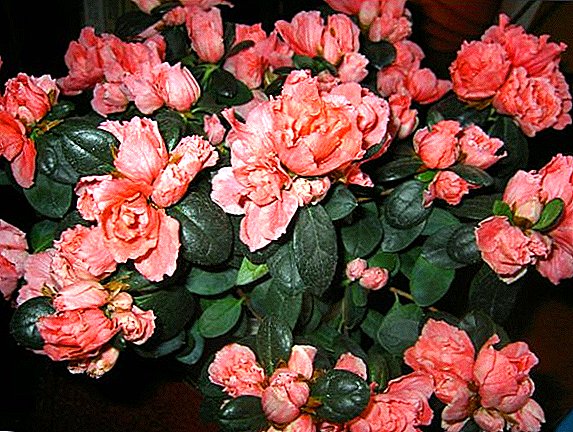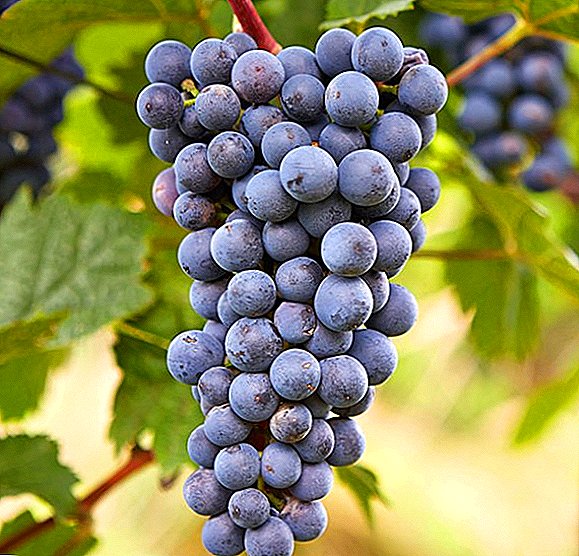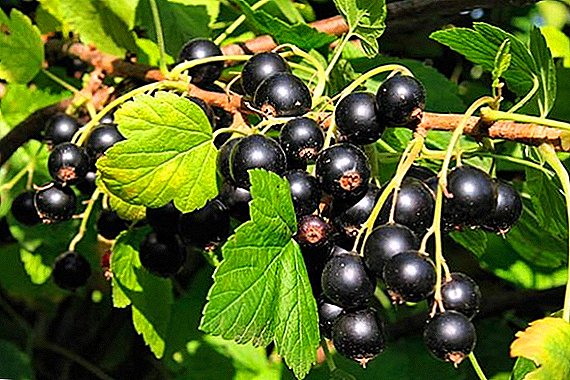 We all love and grow currants at the summer cottage. However, sometimes the plant loses its appearance, the leaves begin to fall off in the middle of summer. In our article we will explain why the leaves are currant yellow and what to do to avoid it.
We all love and grow currants at the summer cottage. However, sometimes the plant loses its appearance, the leaves begin to fall off in the middle of summer. In our article we will explain why the leaves are currant yellow and what to do to avoid it.
Care errors
Caring for a plant has a huge impact on its development. When planting a shrub, you must carefully study the basic rules and recommendations for planting and caring for them.
From that, how correctly you will grow up a bush, its durability, health and a crop depends. Consider what mistakes most often lead to the fact that the currant leaves turn yellow and fall off.
- An unsuitable landing site. On how correctly the plot will be selected for planting currants, depends on its further development. Fertile, loamy, well-moistened soil is considered favorable for the berry. It is not necessary to plant a bush in a dry, unprotected from the wind, as well as a swampy place.
Important! Currants need a lot of nutrients. To provide them, plant a plant away from other bushes and trees. The distance between the bushes must be at least 1 meter.
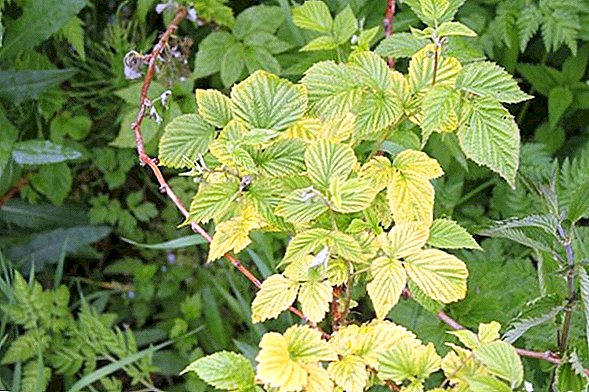
- Improper air temperature for landing.Most often with such a problem faced by gardeners who planted currants in early spring. At this time, there is still a chance of frosts, and under the influence of low temperature, the kidneys cannot grow normally. The optimum temperature for planting a plant should be + 18 + 20 ° С. To prevent yellowing of leaves, it is better to plant bushes in the autumn.
- Insufficient nutrients in the soil. Currant annually requires nitrogen, phosphate and potash fertilizers. For 1 currant bush, the following composition of feedings is optimal: 40 g of ammonium nitrate, 40 g of superphosphate, 30 g of potassium chloride. When the bush reaches the age of 6-7 years old, it is necessary to add lime to the ground around it.
- Lack of moisture. This is the most common and easily solvable reason why currant leaves turn yellow. It is especially important to provide abundant watering of bushes in the summer, when the air temperature is very high. If you do not regularly moisten the soil, the foliage will become yellow and the berries will be small, while some of them will dry before the onset of the ripening period.
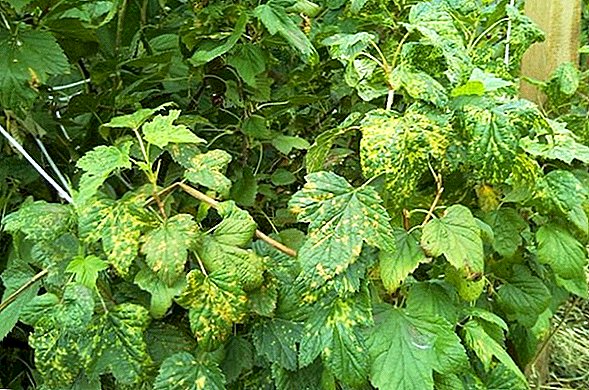
- Landing improperly formed bushes. When planting you need to pay attention to the root system - it must be sufficiently developed. On the bush should be 4-6 shoots, and the young roots should be well formed. A weak root system will not be able to provide proper nourishment to the shoots. This is a fairly common reason why currants turn yellow.
Pests
Currant bushes are often attacked by various pests - this is one of the common reasons why currants turn yellow in summer. Consider which of them are particularly dangerous, and how to deal with them.
- Gallic aphid. For its nutrition, this pest uses leaf sap. Aphid is placed on the lower parts of the foliage, pierces it with a sharp proboscis. This place can be easily noticed: it swells up, acquires a red or yellow color.
Over time, the whole leaf is stained, after which it falls. In one season, about 7 generations of aphids live, which can strike a fatal blow to currant bushes and then switch to other fruit plants.
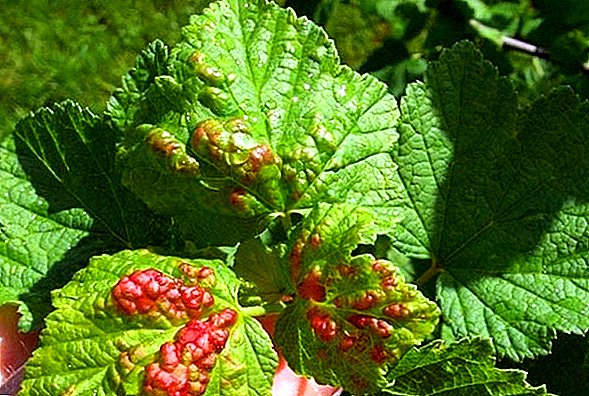 As soon as the first signs of gallic plant aphids began to appear, it is necessary to immediately start the fight with insecticides.
As soon as the first signs of gallic plant aphids began to appear, it is necessary to immediately start the fight with insecticides.However, note that you can only use them before the beginning of the flowering period and after the harvest has been gathered. The rest of the time, the only pest control is to remove the affected parts of the shrub.
Insecticide treatment is carried out on all sides of the foliage after harvesting. It is also recommended to repeat it in the autumn time to prevent the development of aphids eggs. As a preventive measure, you can work the bushes and the soil in the spring, before the buds start to bloom.
Did you know? Unripe berries of currant are much more useful than ripe fruits: they contain 4 times more vitamin C. In the period of ripening, this concentration gradually decreases.
- Spider mite. About the attack of this pest can be found only when the leaves begin to turn yellow, and cobwebs become visible on the bushes. If you notice a pest at an early stage, you can perform abundant watering of the plant on the foliage with clean water and hold it for several days.
It is also recommended to spray the bushes with garlic, tobacco or onion infusion, adding soap to it. Often used for spraying and dandelion infusion. In a situation when the use of these funds does not bring results, they start treating the plants with special acaricides or insectoacaricides.
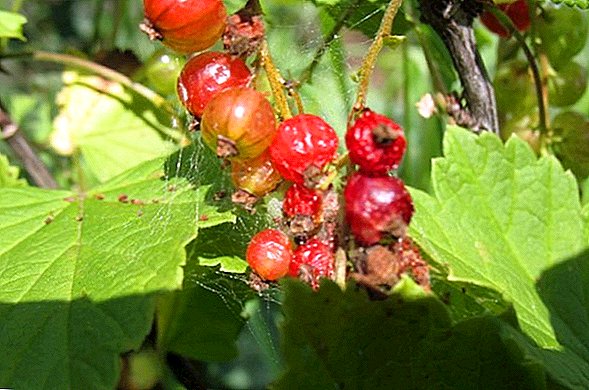
- Currant Caterpillar. This pest is capable of not only sucking the juice from the leaves, but also nibbling young shoots.
Unfortunately, the caterpillar is immune to chemicals, therefore, to combat it, pruning and destruction of the affected shoots is carried out. To prevent attacks by caterpillars, it is necessary to thoroughly loosen the soil around the bushes in the spring and early summer.
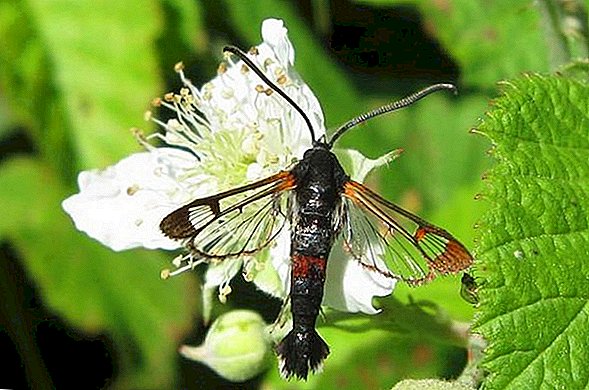
Diseases
Often, currant undergoes certain diseases, leading to yellowing of foliage and its falling off. Consider in more detail the most common diseases.
Important! Before the onset of cold weather you should definitely loosen the soil between the rows. This will help to destroy the pests and protect them from attacks with the arrival of spring.
- Columnar rust. The disease manifests itself in the form of small yellowish spots and yellow-orange growths on the leaves, which contain spores. To combat the disease should apply Bordeaux liquid and fungicides. The first time the plant is sprayed in the period of blooming sheets, the second - during budding, the third - after the end of the flowering period. If the bushes are strongly affected by the disease, it is worth performing the fourth spraying 10-14 days after the third. Affected and fallen leaves must be burned, regularly loosening the earth around the currants.
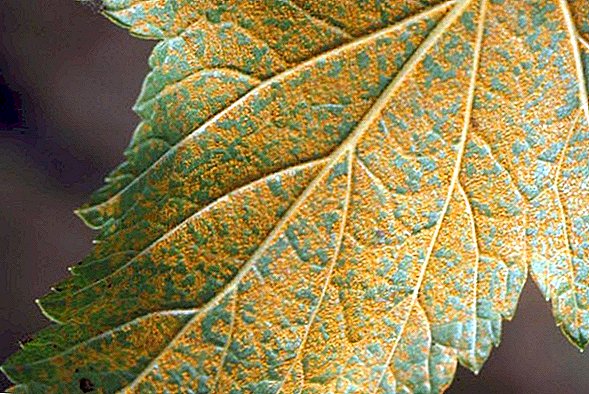
- Glass rust. Manifested by the appearance on the foliage of large yellow pads. For fighting and prophylaxis use Bordeaux liquid. Spraying is carried out according to the same scheme as in the fight against columnar rust. The use of the Fitosporin biological product is also effective. The causative agent of the disease is a fungus, the affected leaves should definitely be burned. It is recommended to regularly loosen the soil around the currant.
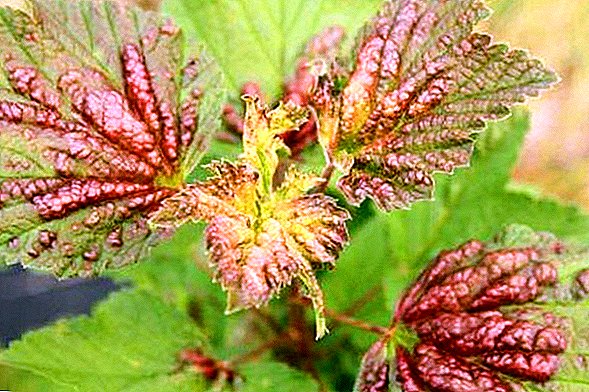
Did you know? The leader in terms of currant cultivation among countries around the world is Russia: the state produces 431.5 thousand tons of berries annually.
In order to prevent infection with fungal diseases, it is worthwhile in spring time to carry out preventive treatment of the plant with drugs that can be purchased in specialized stores.
After reading the article, you learned why the currants turn yellow in the spring and what to do to prevent this disease. Properly care for the plants, and then they will be healthy and provide you with a rich harvest.




 As soon as the first signs of gallic plant aphids began to appear, it is necessary to immediately start the fight with insecticides.
As soon as the first signs of gallic plant aphids began to appear, it is necessary to immediately start the fight with insecticides.



